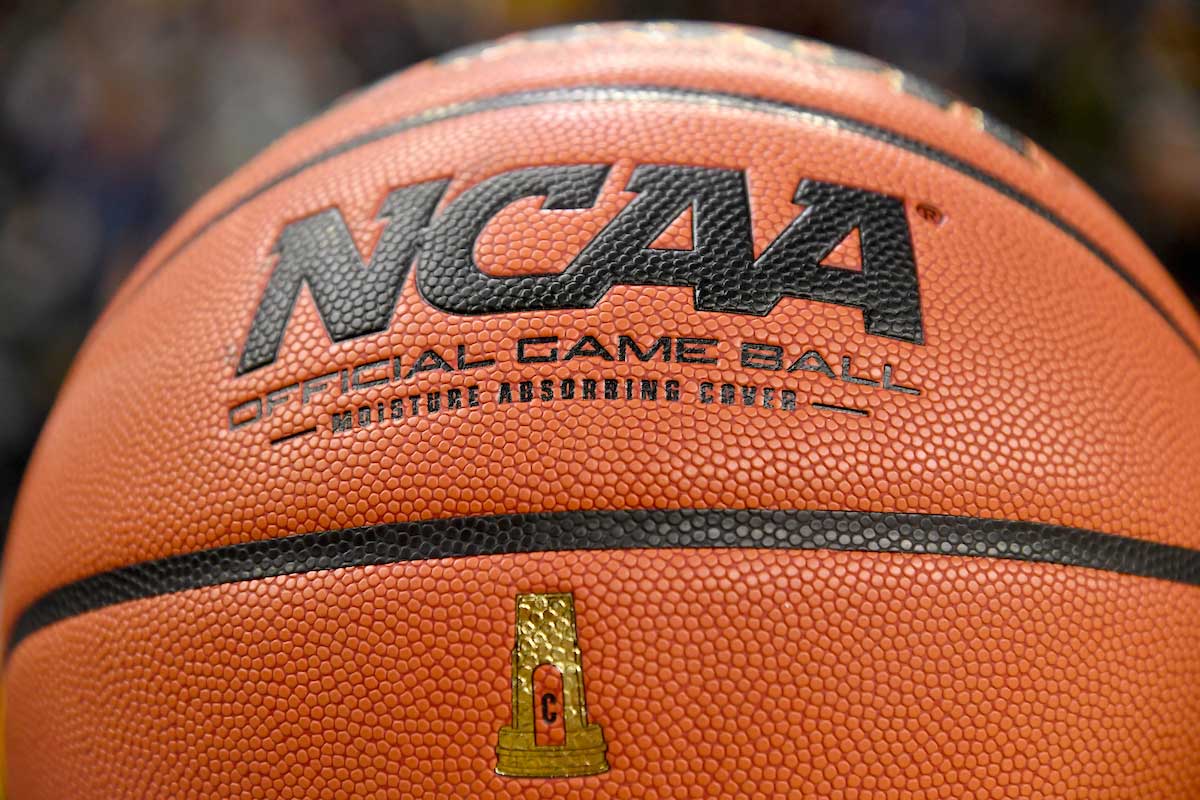Bubbletology update:
Ironclad 1-bid leagues: 21
No new additions. Saint Louis won the road at Davidson to get to 7-1 in the league to go with non-conference wins over Memphis and Providence. At one point they were 9-6, they're now 15-6. We're monitoring the situation but it's possible they resurrect their resume to at-large quality and we bump the A-10 to the next section.
21 bids
Possible 2-bid leagues: 4
This is the AAC (Houston/Memphis), CAA (Charleston), C-USA (FAU), and WCC (Gonzaga/SMC).
UCF has exited the discussion in the AAC with four straight losses. Temple is 8-2 in the league but they have some terrible losses and got taken to OT by South Florida in between road wins at Houston and UCF. If they can beat Houston at home and Memphis on the road then their bizarre resume will get another look, but for now this is a two bid league.
Charleston lost at home to Hofstra but I'm not quitting on them yet. If they went 29-2 and lost in the conference tournament to Hofstra again that would only be a Q2 loss. One more regular season loss of any kind will do them in, though. We will charitably allow for a bid stealer here and call it seven.
7 bids
That leaves 40 up for grabs among the top seven conferences. Eyeballing it (2.5 basically means they’ll get either 2 or 3 bids):
MWC: 4 (San Diego State, Utah State, Boise State, New Mexico, Nevada)
Not much new to report here with five teams in the NET top 50. Utah State's resume (0-3 in Q1 with two Q4 losses) is still too dinged-up to bump this league to 4.5. They get New Mexico at home this week. Nevada has alternated wins and losses in their last six, including dropping one at UNLV. They find themselves as the second to last team in the field per Bracket Matrix, so they could use the Q1 win.
Pac-12: 3.5 (UCLA, Arizona, USC, Arizona State, Utah)
USC surges to the third spot as Arizona State has now lost four in a row. The Sun Devils are better in Q1/Q2 than Utah, but they also have a Q4 loss. Oregon has a run of three Q1 games in their next four, so they can enter the picture.
Big East: 5 (UConn, Creighton, Providence, Marquette, Xavier)
The Big East continues to be boring. Seton Hall is lurking but their next two games (at St. John's, vs. DePaul) can only hurt, not help.
ACC: 6.5 (Duke, Virginia, UNC, Miami, Clemson, Pitt, NC State, Wake Forest)
I'm late bumping them to 6.5. The first seven above are all in right now -- Pitt is the first team out at Bracket Matrix but not all have updated to reflect their wins and Arizona State's losses. A potential last hurrah for Wake Forest on Tuesday as they play at Duke.
Big 12: 6.5 (Kansas, Iowa State, Kansas State, Texas, TCU, Baylor, pick one of the next 3)
Sticking with 6.5 even though everyone who needed an SEC Challenge win -- West Virginia, Oklahoma, and Oklahoma State -- got one. This week brings us Oklahoma at Oklahoma State, then the Sooners are on the road at West Virginia. TCU could be the real MVP here as they host WVU and then are at Oklahoma State. If the Horned Frogs go 0-2 then this gets bumped to seven.
SEC: 6.5 (Tennessee, Alabama, Auburn, Arkansas, Missouri, Kentucky, Texas A&M, Mississippi State)
Bumping to 6.5. Somehow the SEC also got wins it needed on Saturday with Missouri and Mississippi State, plus Texas A&M surviving Vanderbilt.
Big Ten: 8.5 (Everyone except Nebraska and Minnesota)
Close to lowering this one to eight. Michigan and Ohio State are 11-10, and Wisconsin has lost 6 of 7. But there's enough elasticity elsewhere to still get to nine.
Total: 40 bids
Currently projecting two of the leagues at x.5 to go OVER and three to go UNDER.


